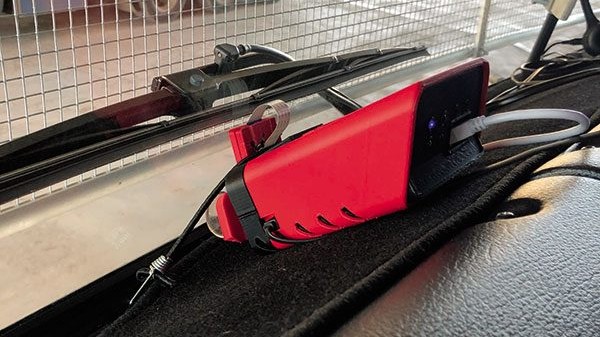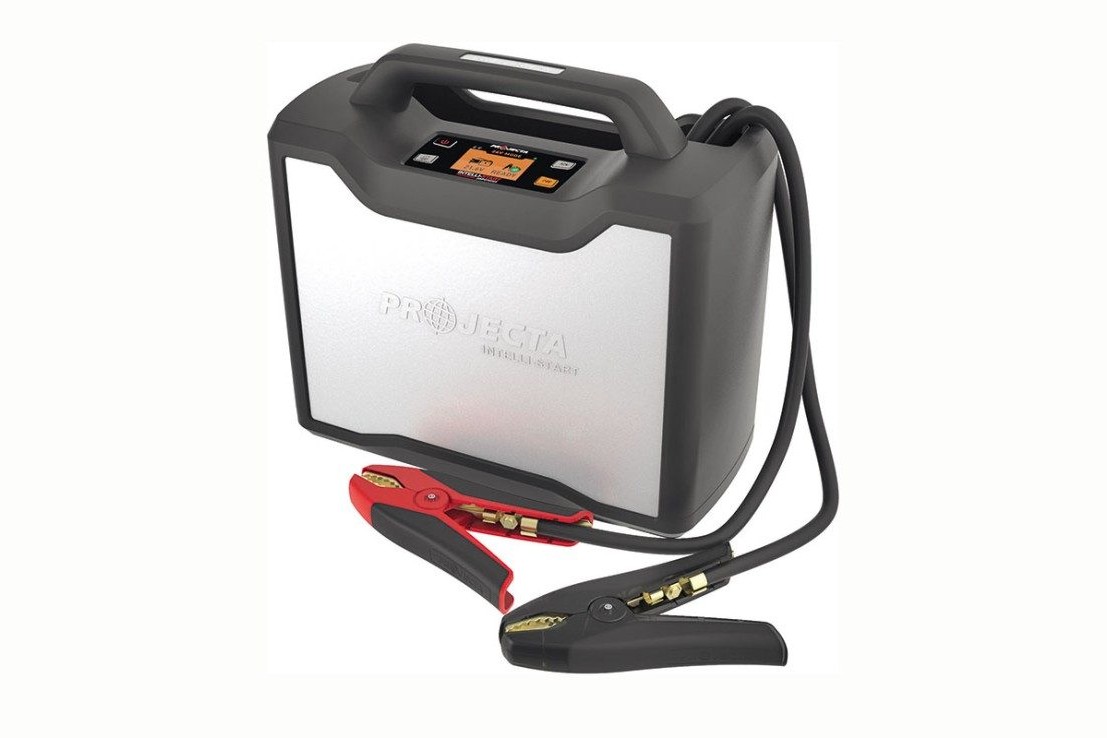New Tech to Address Fatigue within Trucking Sector

New technology that monitors heart rate variabilities could be the answer to handling driver fatigue within the trucking industry.
Launched by Canberra-based tech company Augmented-Intelligence, the FatiqueM8 system is attached to a truck’s steering wheel and measures a driver’s fatigue levels using biometrics. The data can then be used to predict fatigue levels.
Augmented-Intelligence co-founder Andrew Hammond says the system addresses one of the industry’s biggest concerns – driver safety.
“Driver fatigue is up there as one of the top three killers of people on the road after speed and alcohol,” he says. “From an industry perspective, it’s a real problem.”
Hammond says the general health of truckies is another concern that the system hopes to address.
“One of the other big killers in the trucking industry is that, unfortunately, general truck-driver health is not great. Truck drivers generally have poor diets and limited exercise opportunities, and cardiovascular disease is rife within our population,” he says.

“The equipment we use should be able to give us early identification of truckers who have cardiovascular issues or developing cardiovascular issues that we may be able to help with.”
FatigueM8 works by using a custommade steering wheel cover that gets fitted over a truck’s steering wheel and works the same way as sensors on a treadmill.
A driver needs to place two hands on the wheel for 30 seconds, and the system monitors heart-rate variability.
“That gives us an indication of the driver’s physiological state. All drivers need to do is hold two hands on the wheel for 30 seconds every 30 minutes. So, it’s not a massive inconvenience for the driver. That was part of our pitch; we wanted it to be passive and not get in the way of drivers doing their thing,” Hammond says.
It takes about two weeks of data capture to establish the full driver baseline.
Hammond says various factors can influence the risk of crash for a truck driver. “There are different times of day when you are more likely to have an accident and different days of the week,” he says.
“So we have that factored into the system. Monday and Tuesday are when you’re more likely to have an accident, and between midnight and 3am.
“We want to be able to say, well at 2.30pm, we know you’re in a state that you’re okay, but we know that in two hours’ time, based on where your body clock is at, you’re probably going to be fatigued. And then across your driving journey, we believe if you have a break in an hour’s time that will reset your fatigue levels. And by the way, there’s a truck stop 45 minutes up the road where you should pull over. So it’s about that predictive manner to be able to help drivers manage their fatigue.”
Hammond says the system can help trucking companies keep up with their fatigue-management obligations.
“Every day, we have a driver using our system, we’re monitoring them and making sure they are in a fit and healthy state to be driving for the task they are doing,” he says.

“It also monitors overall health so we can have drivers in optimum condition for being out on the road.”
The first production examples of FatigueM8 could be on the market within 18 months, and Hammond says he would love to get the product to New Zealand.
“At the moment, we’re doing a big data collection operation and refining our algorithms and looking at different implementations for different trucks. For this trial, we have been trialling them in Kenworths.”
He says the company is currently working on how to get the price of the system down for smaller operators.
“A large proportion of fleets are owned by owner-drivers or mum-and-dad operations that have between three to five trucks, and they’re probably the most at risk because they are not large enough to invest in one of the other systems that are quite expensive,” he says.
“So we are trying to get to AUD$50 [about NZ$52] a month so we can get it in as many trucks as possible.”





